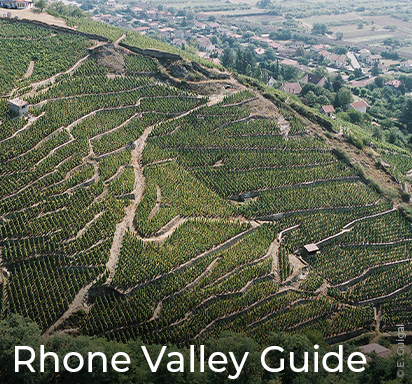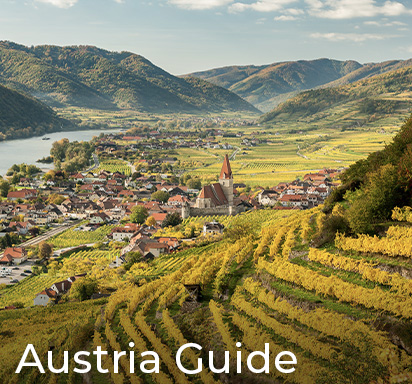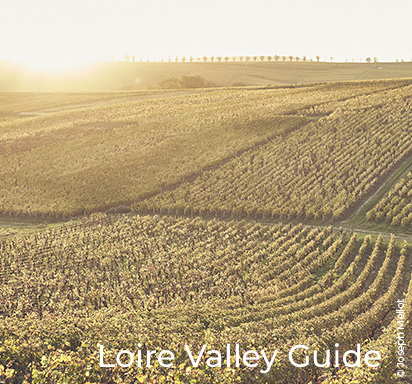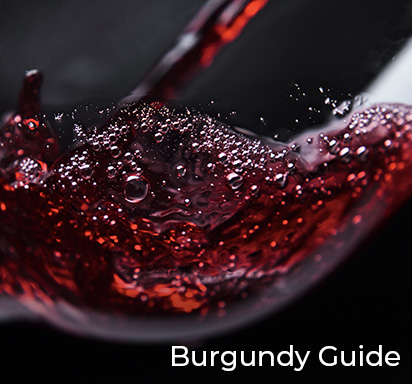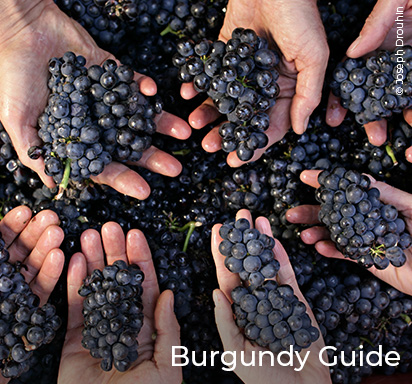Storing wine: tips on storing fine wines at home
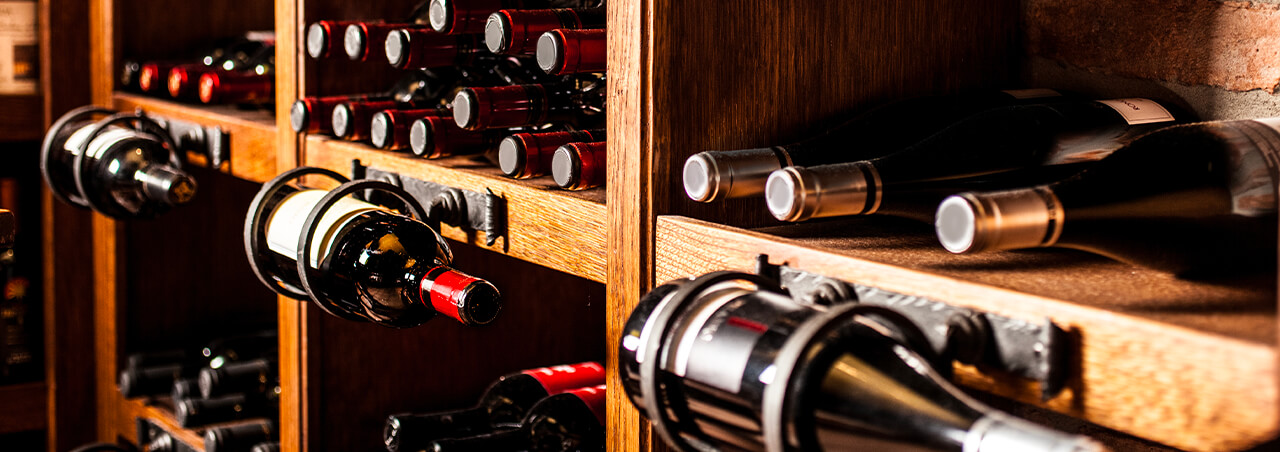
There is nothing quite like choosing a special bottle of wine that has been patiently waiting in your cellar, longing to be opened and served at one of your joyous get-togethers !
Below, discover the different techniques and storage conditions to preserve your bottlings best.
How to store wine and how well does wine age?
Wine enthusiasts from all around the world take a great deal of pleasure out of collecting fine wines and setting them aside for years, sometimes decades. After all, wine is made to be shared and relished with friends or loved ones. Wine evolves beautifully over time and develops a complex and intricate aromatic bouquet. Depending on the grape variety, the wine-making region and the wine-making practices applied throughout the vinification process, a wine's tannins will soften, the color will deepen, and the taste and mouthfeel evolve beautifully.
Are you looking to start collecting wine yourself? Browse through our Wine Futures selection and start building your wine collection now.
How to store fine rose wines
Some wines are meant to be relished in their youth, as their tannic structure and acidity will not evolve over time. Roses are very rarely set aside to rest. The color begins to change within a year, and the crisp fresh flavors and aromas we expect from a rose wine begin to fade. Indeed, some exceptional rose wines mature beautifully over time: vintage rose Champagne, some rose bottlings aged in oak barrels and Bandol wines, a wine-making region located in the southeast of France. In the same way that oak-aged red wines become more complex, the same is true for Roses. Wines from the Bandol appellation age well, thanks to the Mourvedre grape variety. Originally from Spain, this varietal is “closed” in its youth and develops gracefully over time.
How to store red wines
Wines with bold tannins, a high sugar content, or high acidity are the most popular for aging. The tannic structure becomes more round and smooth over the years, as opposed to its aggressive nature in its youth. Wines that are produced in warmer climates tend to mellow when cellared. For example, blottings from Italy and California can be stored for several years. For those who dislike hot-climate wines, a wine from the same region or estate that has enjoyed several years of aging will enable you to understand and compare how wine can develop over many decades.
Cabernet Sauvignon, a greatly celebrated varietal
The natural offspring of Cabernet Franc and Sauvignon Blanc, Cabernet Sauvignon is exceedingly celebrated and adored for its intense color, rich flavor and age-worthiness. Lay Cabernet Sauvignon wines down for up to 20 years and let this grape variety develop its aromatic bouquet.
Syrah in the Rhône and Shiraz in Australia
Originally from Persia, Shiraz, also called Syrah, wines boast a great aging potential and reveal hints of vanilla, spices, and candied red fruits. Rhone Valley wines offer delicious aromas of licorice, tar and black pepper. Australia is also home to fine Shiraz wines; one notable example is Penfolds Grange, Australia's most famous and iconic wine.
Storing white wines
It goes without saying that white wines do not keep as long as red wines do. However, some white grape varieties age better than others.
Chardonnay, an age-worthy varietal
Chardonnay is the most versatile and widely-grown variety, producing full-bodied wines that all boast a unique style. Oak-aged Chardonnay wines can be stored for 5 to 10 years, depending on the producer and will mature beautifully.
The concentrated white grape variety from Bordeaux, Semillon
Semillon, a varietal that complements Sauvignon Blanc, is included in the blend of Bordeaux white wines. Semillon wines can rest for 5 to 10 years, enabling them to reveal nutty and flavorsome aromas.
Riesling, the king of German vineyards
Exuding aromas of apple, this grape variety gives rise to refreshing, acidic, aromatic Riesling wines. Thriving in the Mosel vineyards in Germany, Riesling also enjoys the dry climate in Alsace, France.
Optimal storage conditions: temperature, lighting, humidity...
There are many different ways to store your wine and a few simple guidelines to follow to protect your wine.
Finding the best temperature
A stable temperature must be maintained throughout the cellaring of wine. The optimal wine storage temperature is between 50 and 59 degrees Fahrenheit. For short-term storage and wines that you plan on drinking shortly after you purchase them, it is best to use a wine fridge that can store wine bottles at an ideal temperature. Most wine refrigerators can store a standard 750ml bottle of wine. If you purchase sparkling wines or large-format bottlings, it is essential to see if your wine fridge can store them correctly. In a cellar, temperature variations significantly impact oxygen levels in the air, negatively impacting the wine in the long term. Therefore, preserving a stable temperature throughout the resting period is crucial. Heat is a wine's worst enemy.
Safe humidity levels
Wines should be stored at an optimal humidity level, as the cork may dry out if the air isn't humid enough. If the cork is not in contact with the wine, the cork will shrink and will let oxygen into the wine, spoiling the aromas and flavors. To prevent this from happening, storing your wine bottles on its side and on a wine rack is best. Moreover, if there is too much moisture in the air, the humidity can cause mold which may affect the labels of the wine. Anywhere between 50% and 80% are ideal humidity levels.
A dark place
Wine and champagnes thrive in a cool, dark, tranquil place. Natural light strongly affects wine, damaging the wine and its flavors.
Vibration
When a wine is cellared, sediment tends to settle in older bottlings. Any significant vibrations may disturb wines during their long-term storage and lead to unpleasant flavors and aromas.
Where to keep your wine bottles?
Wine cellar at home
Wine cellars are spacious rooms that enable wine lovers to easily store an array of bottlings and large-format wines. If you are lucky enough to have plenty of space, a cool and dark place at a temperature of 50 and 59 degrees Fahrenheit is ideal. Wine cellars can range from a well-insulated, cool and dark place to an immense underground basement. Depending on the budget and the space allotted, some very magical wine cellars can be created. The wine cellar can be used as your own personal storage space, hideaway and even tasting room. The key role of your wine cellar is to provide a stylish and/or practical space to keep your wine for many years so that they can develop gracefully over their lifetime.
A wine refrigerator
If you are living in a small space or apartment, you can also store your wine in an 'artificial cellar', also referred to as a refrigerator. This option enables you to store a dozen or more wines, at the right temperature and humidity, without having to find an enormous amount of space.
You may like
Discover the Rhône Valley, a haven for wine lovers! Explore its storied terroirs, iconic appellations, and diverse grape varieties like Syrah, Grenache, and Viognier. Unveil wines to savor and cherish!
1/21/2025In this Guide, discover Austria’s top wine regions, grape varieties like Grüner Veltliner and Riesling, and some exquisite food pairings. Find out more on Austrian wines and why you should add them to your cellar.
1/14/2025Explore the Loire Valley, one of France’s most famous wine regions. Learn about its renowned appellations and grape varieties like Sauvignon Blanc, Chenin Blanc, and Cabernet Franc.
1/9/2025Discover the taste of Burgundy wine with flavors from Pinot Noir and Chardonnay. Explore the influence of terroir, the difference between Village, Premier Cru, and Grand Cru wines, and ideal pairings.
10/16/2024Burgundy, France, is famed for its exceptional wines, primarily crafted from Pinot Noir and Chardonnay. Explore the region’s diverse wine types, from Grand Cru to regional varieties, and discover its unique terroir.
10/14/2024Explore our top 8 wine gift ideas for any occasion! From iconic Champagnes to age-worthy reds, these selections are sure to impress. Perfect for birthdays, holidays, or just because, with delivery right to their doorstep.
9/24/2024





